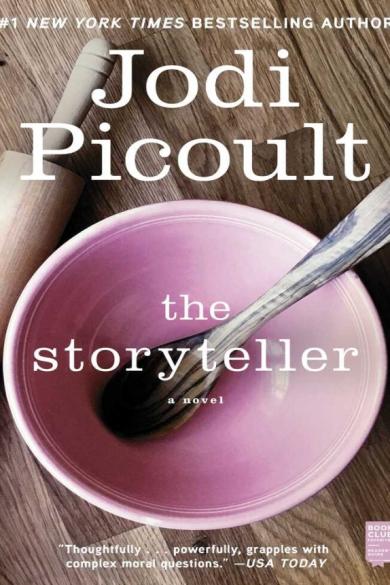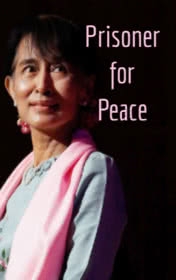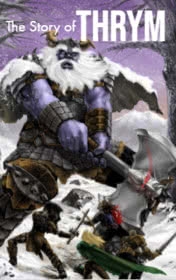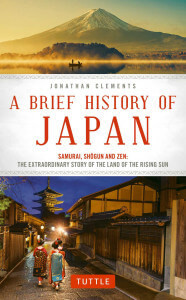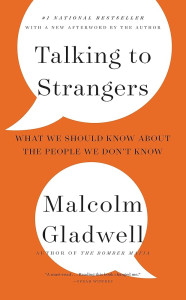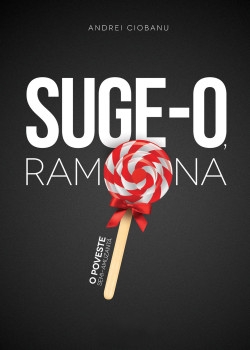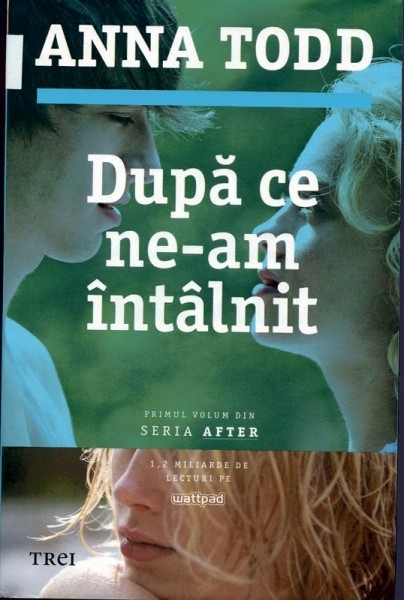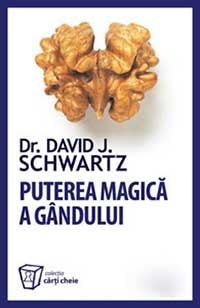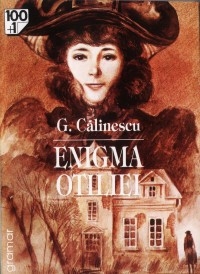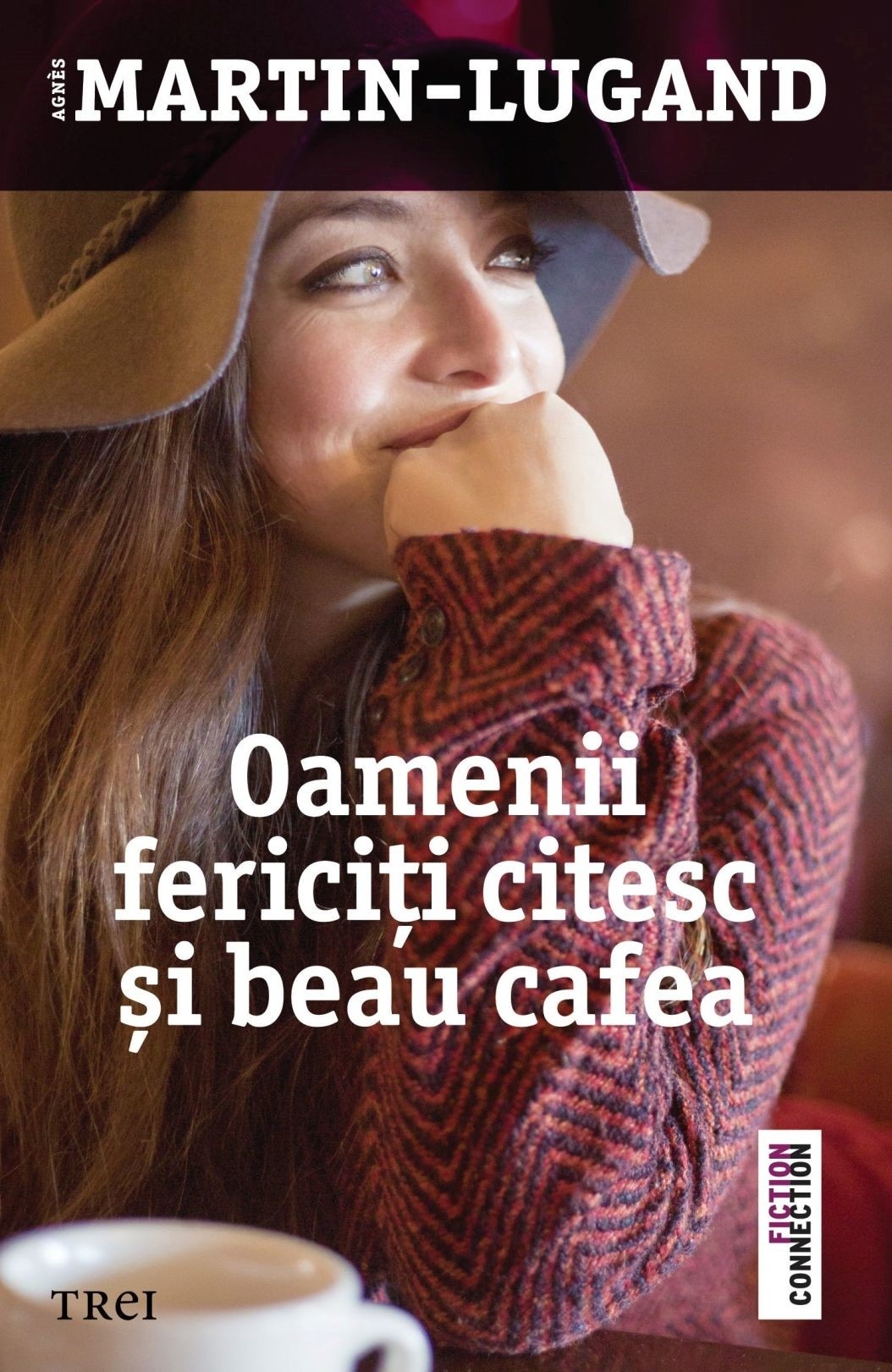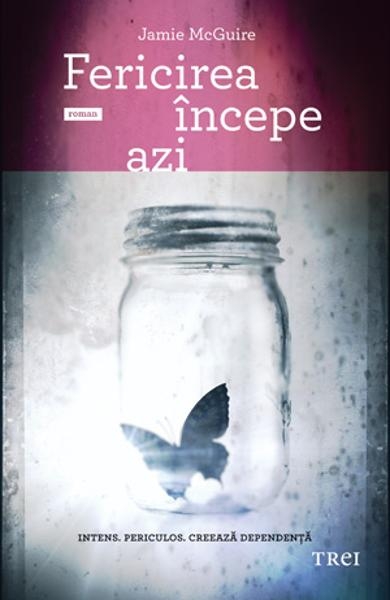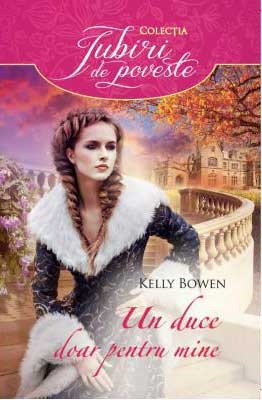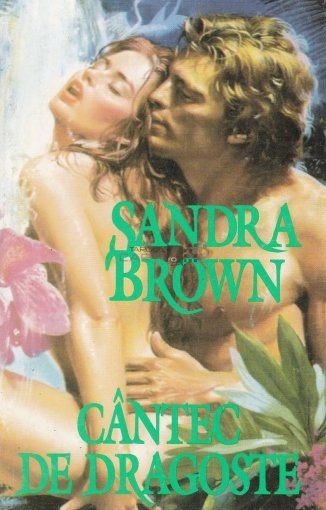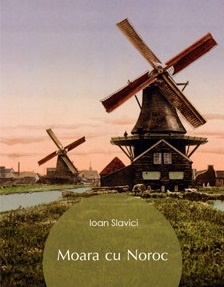This book began with another: The Sunflower, by Simon Wiesenthal. While a prisoner in a Nazi concentration camp, Wiesenthal was brought to the deathbed of an SS soldier, who wanted to confess to and be forgiven by a Jew. The moral conundrum in which Wiesenthal found himself has been the starting point for many philosophical and moral analyses about the dynamics between victims of genocide and the perpetrators—and it got me thinking about what would happen if the same request was made, decades later, to a Jewish prisoner’s granddaughter. To undertake a novel grounded in one of the most horrible crimes against humanity in history is a daunting task, because even when one is writing fiction, getting the details right becomes an exercise in honoring those who survived, and those who did not. I am indebted to the following people for their assistance in bringing to life both Sage’s world in the present day and Minka’s world in the past. For teaching me to bake bread, and the most delicious research session of my career, thanks to Martin Philip. Thanks to Elizabeth Martin and One More Page Books in Arlington, Virginia, for teaching me how to bake with nefarious intent. For anecdotes about Catholic school, thanks to Katie Desmond. For helping me spell Darija’s dance terminology, thanks to Allyson Sawyer. For teaching me the dynamics of a grief group, thanks to Susan Carpenter. For preliminary legal, law enforcement, and war tribunal questions, thanks to Alex Whiting, Frank Moran, and Lise Gescheidt. While writing this book, I auctioned off a character name to help raise money for the Gay and Lesbian Advocates and Defenders. Thanks to Mary DeAngelis for her generosity, and for providing her name to Sage’s best friend. Eli Rosenbaum, Director of Strategy and Policy for the Human Rights and Special Prosecutions Section of the Department of Justice, is a real-live Nazi hunter who found the time to teach me what he does, let me create a character based on his experiences, and still managed to slay dragons. I am incredibly grateful to know someone like him is out there tirelessly doing what he does. (And I appreciate the fact that he let me take artistic license on the speed it takes for historians to get information from NARA. In real life it would be days, not minutes.)
Listată pe: 26 noiembrie 2024
TOP 10 Cărți
